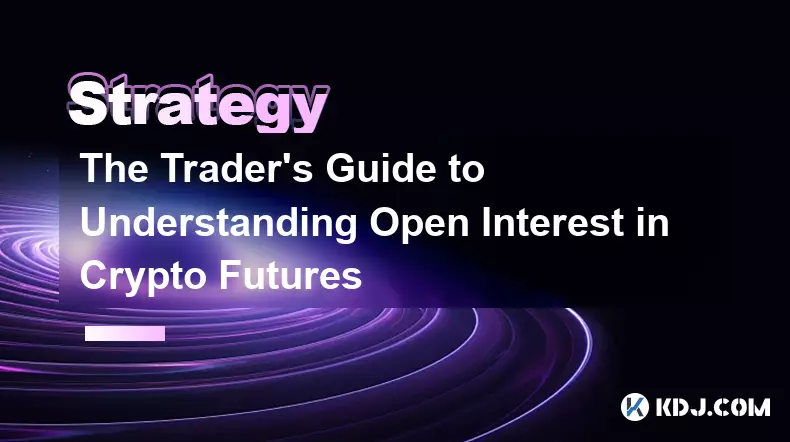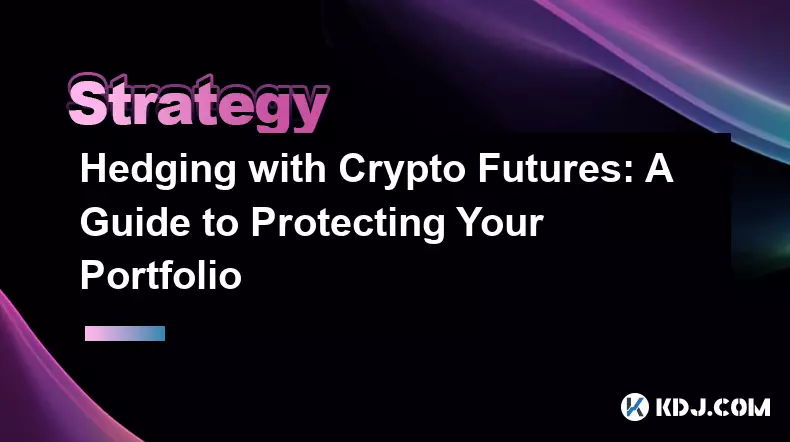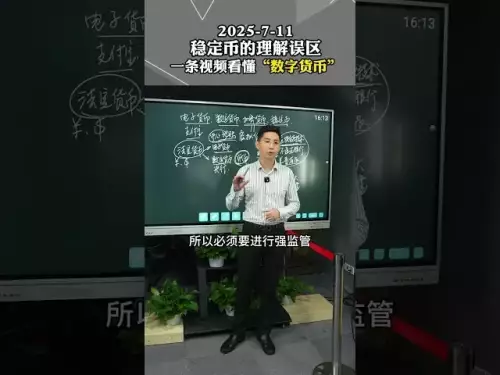-
 Bitcoin
Bitcoin $111200
0.44% -
 Ethereum
Ethereum $4302
0.12% -
 XRP
XRP $2.835
0.93% -
 Tether USDt
Tether USDt $1.000
0.06% -
 BNB
BNB $870.9
1.41% -
 Solana
Solana $203.8
0.29% -
 USDC
USDC $0.9999
0.03% -
 Dogecoin
Dogecoin $0.2178
1.53% -
 TRON
TRON $0.3284
-0.90% -
 Cardano
Cardano $0.8288
0.92% -
 Hyperliquid
Hyperliquid $47.24
1.45% -
 Chainlink
Chainlink $22.34
0.67% -
 Ethena USDe
Ethena USDe $1.001
0.05% -
 Sui
Sui $3.391
1.19% -
 Bitcoin Cash
Bitcoin Cash $598.8
-2.18% -
 Stellar
Stellar $0.3581
0.37% -
 Avalanche
Avalanche $24.59
1.88% -
 Hedera
Hedera $0.2199
1.96% -
 Cronos
Cronos $0.2631
-2.42% -
 UNUS SED LEO
UNUS SED LEO $9.490
-0.66% -
 Litecoin
Litecoin $114.0
2.18% -
 Toncoin
Toncoin $3.090
0.86% -
 Shiba Inu
Shiba Inu $0.00001237
0.84% -
 Polkadot
Polkadot $3.859
1.53% -
 World Liberty Financial
World Liberty Financial $0.2393
25.43% -
 Uniswap
Uniswap $9.388
1.32% -
 Dai
Dai $0.9999
0.02% -
 Ethena
Ethena $0.7417
-0.13% -
 Monero
Monero $269.7
-0.63% -
 Aave
Aave $301.5
0.20%
Bitfinex Short Selling Explained: A Guide to Betting Against the Market.
Short selling on Bitfinex lets traders profit from falling crypto prices by borrowing and selling assets, but carries high risks like liquidation and unlimited losses.
Sep 04, 2025 at 09:37 am

Understanding Short Selling on Bitfinex
1. Short selling on Bitfinex allows traders to profit from declining cryptocurrency prices by borrowing assets and selling them at current market rates. This strategy is particularly useful during bearish market phases when prices are expected to drop. Traders initiate a short position by borrowing a specific amount of a cryptocurrency, such as Bitcoin or Ethereum, from the platform’s lending pool.
2. Once the asset is borrowed, it is immediately sold on the exchange at the prevailing market price. The trader does not own the asset but is obligated to return it at a later time. The core idea is to buy back the same amount of the asset at a lower price, return it to the lender, and keep the difference as profit.
3. Bitfinex supports margin trading, which enables users to open short positions using leverage. Leverage amplifies both potential gains and risks, making it essential for traders to understand the mechanics thoroughly before engaging. Common leverage options on Bitfinex range from 2x to 10x, depending on the asset and market conditions.
4. Interest rates apply to borrowed funds, and these rates fluctuate based on supply and demand within the platform’s peer-to-peer lending system. Traders must monitor these rates closely, as high borrowing costs can erode profits or increase losses during extended short positions.
5. Failure to manage margin requirements can result in liquidation, where the platform automatically closes the position to cover debts. This occurs when the market moves against the short position and the collateral falls below a maintenance threshold. Liquidation can lead to significant losses, especially under high leverage.
Key Mechanics of Bitfinex Margin Trading
1. To engage in short selling, users must first transfer funds into their margin wallet. These funds serve as collateral and determine the size of the position that can be opened. The platform calculates the required margin based on the chosen leverage and the current price of the asset.
2. When opening a short position, the trader selects the amount to short, the leverage level, and confirms the order. Bitfinex then borrows the necessary amount of cryptocurrency from lenders on the platform and sells it on the spot market on the trader’s behalf.
3. The position remains open until the trader decides to close it by buying back the same amount of the asset. The repurchase is executed at the current market price, which ideally should be lower than the initial sale price to generate profit.
4. Funding fees are charged periodically for maintaining open margin positions, and these fees vary depending on market conditions and the direction of the trade. Short positions may incur higher funding costs during periods of high demand for borrowing, especially in rapidly declining markets.
5. Bitfinex provides real-time risk indicators, including liquidation price and margin ratio, allowing traders to monitor their exposure. These tools are critical for managing risk and avoiding unexpected closures of positions.
Risks and Considerations in Shorting Cryptocurrencies
1. Cryptocurrency markets are highly volatile, and price swings can be extreme and unpredictable. A sudden bullish reversal can trigger rapid losses in a short position, especially when leverage is involved. This volatility makes timing crucial in short selling.
2. Unlike long positions, where the maximum loss is limited to the initial investment, short selling carries theoretically unlimited risk. If the price of an asset rises significantly, the cost to buy it back increases without a ceiling, leading to potentially massive losses.
3. Market manipulation and coordinated pump events are more common in crypto markets compared to traditional financial markets. These events can cause sharp price spikes that force short sellers to cover at a loss, sometimes leading to cascading liquidations.
4. The availability of borrowable assets on Bitfinex can fluctuate, affecting the ability to open or maintain short positions. During high volatility or market downturns, lenders may withdraw funds, causing borrowing rates to spike or making certain assets temporarily unavailable for shorting.
5. Regulatory developments and macroeconomic factors can influence market sentiment rapidly. News about government crackdowns, exchange outages, or technological upgrades can trigger sudden price movements that impact open short positions.
Frequently Asked Questions
How do I borrow cryptocurrency for shorting on Bitfinex?On Bitfinex, borrowing is integrated into the margin trading interface. When you open a short position, the platform automatically borrows the necessary amount from available lenders in the funding book. You are charged a variable interest rate based on real-time supply and demand.
What happens if my short position gets liquidated?Liquidation occurs when the value of your collateral drops below the required maintenance margin. Bitfinex will automatically buy back the borrowed assets to close the position. You lose the collateral used, and additional fees may apply depending on market slippage during the forced buyback.
Can I short any cryptocurrency on Bitfinex?No, only select cryptocurrencies supported for margin trading can be shorted. Commonly available assets include BTC, ETH, LTC, and a few others. The list is subject to change based on market conditions and platform policies.
Are there alternatives to short selling on Bitfinex?Yes, traders can use derivatives such as futures contracts or options available on other platforms. Bitfinex also offers futures trading, which allows for directional bets without borrowing assets directly. These instruments provide different risk-reward profiles and may suit varying trading strategies.
Disclaimer:info@kdj.com
The information provided is not trading advice. kdj.com does not assume any responsibility for any investments made based on the information provided in this article. Cryptocurrencies are highly volatile and it is highly recommended that you invest with caution after thorough research!
If you believe that the content used on this website infringes your copyright, please contact us immediately (info@kdj.com) and we will delete it promptly.
- Litecoin, Ethereum, and Growth Prediction: What's Next for Crypto?
- 2025-09-07 16:25:13
- Ozak AI Presale: Riding the AI Wave for Potential 100x Returns
- 2025-09-07 16:45:13
- Spin to Win: Your Guide to Coin Master Free Spins and Links (September 2025)
- 2025-09-07 16:45:13
- Remittix: The Best Crypto Under $1 to Watch Now, Ya Heard?
- 2025-09-07 16:50:12
- Paxos, Hyperliquid, and USDH: Stablecoin Buybacks and Institutional Adoption
- 2025-09-07 16:55:13
- Meme Coins, Whales, and the Long Game: What's the Deal?
- 2025-09-07 15:25:16
Related knowledge

The Trader's Guide to Understanding Open Interest in Crypto Futures
Sep 07,2025 at 08:19am
The Significance of Open Interest in Crypto Futures Trading1. Open interest represents the total number of active derivative contracts that have not b...

Hedging with Crypto Futures: A Guide to Protecting Your Portfolio
Sep 07,2025 at 07:18am
Hedging with Crypto Futures: A Guide to Protecting Your Portfolio Cryptocurrency markets are known for their extreme volatility. Sudden price swings c...

Swing Trading Ethereum Futures: Setups and Strategies
Sep 06,2025 at 09:18pm
Understanding Ethereum Futures in Swing Trading1. Ethereum futures allow traders to speculate on the future price of ETH without owning the underlying...

Mastering Crypto Derivatives: The Ultimate Playbook for Traders
Sep 05,2025 at 09:55am
Understanding the Foundation of Crypto Derivatives1. Crypto derivatives are financial instruments that derive their value from an underlying cryptocur...

A Practical Guide to Setting Stop-Loss and Take-Profit in Futures
Sep 06,2025 at 02:18am
Understanding Stop-Loss in Futures Trading1. A stop-loss order is a risk management tool designed to limit losses on a trade. In the volatile world of...

How to Avoid Liquidation: Essential Tips for Leveraged Traders
Sep 06,2025 at 05:18pm
Understanding Liquidation in Leveraged Trading1. Liquidation occurs when a trader’s margin balance falls below the required maintenance level, leading...

The Trader's Guide to Understanding Open Interest in Crypto Futures
Sep 07,2025 at 08:19am
The Significance of Open Interest in Crypto Futures Trading1. Open interest represents the total number of active derivative contracts that have not b...

Hedging with Crypto Futures: A Guide to Protecting Your Portfolio
Sep 07,2025 at 07:18am
Hedging with Crypto Futures: A Guide to Protecting Your Portfolio Cryptocurrency markets are known for their extreme volatility. Sudden price swings c...

Swing Trading Ethereum Futures: Setups and Strategies
Sep 06,2025 at 09:18pm
Understanding Ethereum Futures in Swing Trading1. Ethereum futures allow traders to speculate on the future price of ETH without owning the underlying...

Mastering Crypto Derivatives: The Ultimate Playbook for Traders
Sep 05,2025 at 09:55am
Understanding the Foundation of Crypto Derivatives1. Crypto derivatives are financial instruments that derive their value from an underlying cryptocur...

A Practical Guide to Setting Stop-Loss and Take-Profit in Futures
Sep 06,2025 at 02:18am
Understanding Stop-Loss in Futures Trading1. A stop-loss order is a risk management tool designed to limit losses on a trade. In the volatile world of...

How to Avoid Liquidation: Essential Tips for Leveraged Traders
Sep 06,2025 at 05:18pm
Understanding Liquidation in Leveraged Trading1. Liquidation occurs when a trader’s margin balance falls below the required maintenance level, leading...
See all articles





















![Daily Level for 9/7/2025: Momentum by EnenzoGD (WITH COIN) [GD Daily Video #809] Daily Level for 9/7/2025: Momentum by EnenzoGD (WITH COIN) [GD Daily Video #809]](/uploads/2025/09/07/cryptocurrencies-news/videos/daily-level-momentum-enenzogd-coin-gd-daily-video/68bcd9494f8d8_image_120_90.webp)


































































